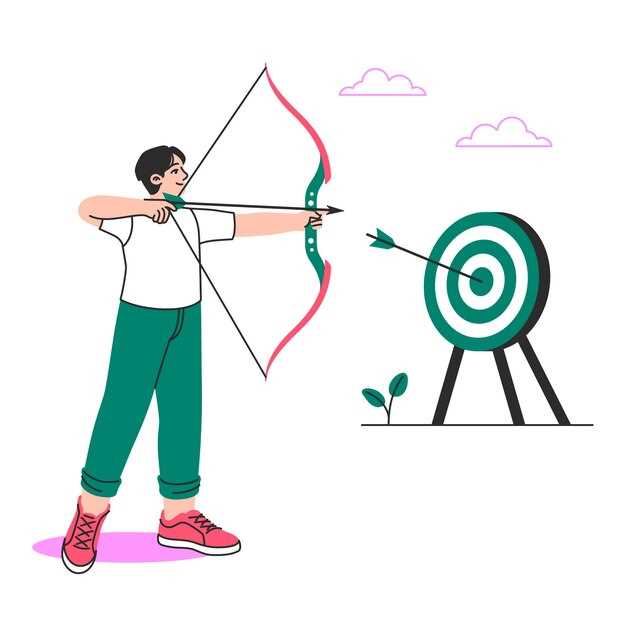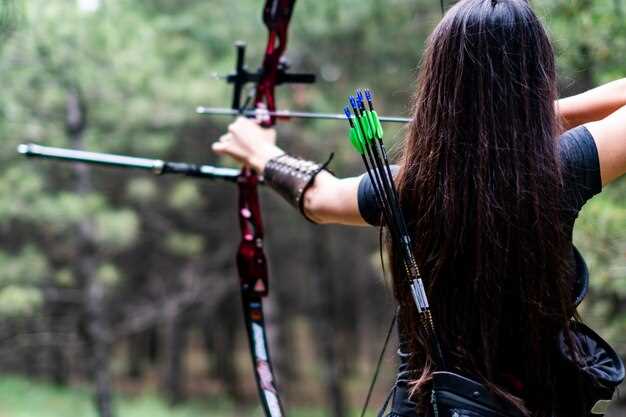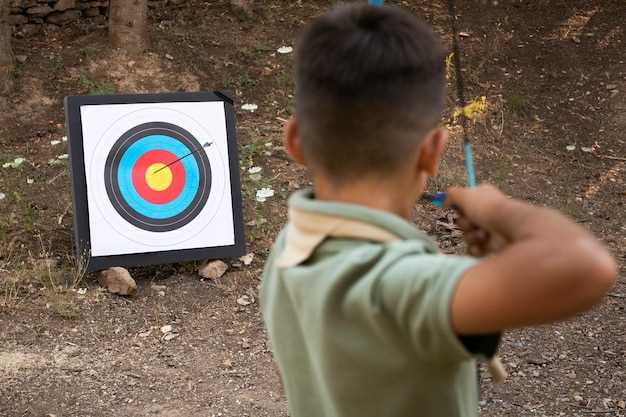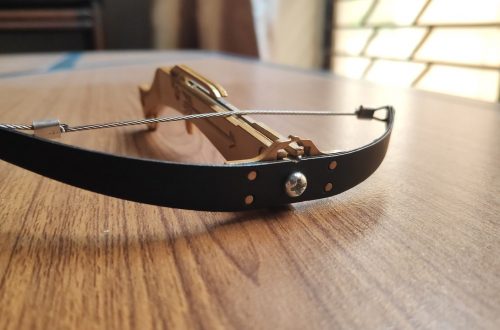
Crossbow shooting techniques for better results

The art of shooting a crossbow requires not only strength but also a refined set of techniques that contribute to improved accuracy. Achieving excellence in crossbow shooting hinges on understanding proper form and the biomechanics involved in each shot. Whether you are a beginner or an experienced archer, honing your skills in these areas can make a significant difference in your shooting performance.
To attain maximum precision, shooters must focus on various aspects of their form. This includes stance, grip, and trigger control, all of which play crucial roles in ensuring that each shot is executed flawlessly. By mastering these elements, you can develop a consistent shooting style that enhances your overall effectiveness with the crossbow.
Furthermore, understanding the mechanics of the crossbow itself is essential. Familiarizing yourself with its components will allow you to identify how each part affects your shot’s trajectory. By melding your knowledge of crossbow mechanics with disciplined practice, you can achieve a level of proficiency that not only boosts your confidence but also elevates your performance in various shooting scenarios.
Perfecting Your Stance for Optimal Stability

Achieving a stable stance is crucial for precise crossbow shooting. The foundation of your form can significantly influence the accuracy of your shots. A well-executed stance reduces movement and enhances control, which are vital components in hitting your target consistently.
Begin by positioning your feet shoulder-width apart. This width provides a solid base, allowing you to distribute your weight evenly. The toes should point forward or slightly outward, promoting balance. When standing, place your dominant foot slightly behind the other foot. This alignment helps to stabilize the body as you aim and fire.
Engaging your knees is essential for maintaining stability. Keep them slightly bent to lower your center of gravity. This flexibility enables you to respond better to any external forces or shifts in your body weight. It’s important to avoid locking your knees, as this can lead to balance issues when drawing and shooting the crossbow.
Your upper body posture is equally important. Stand straight with your shoulders relaxed and aligned with your hips. This posture not only aids in stability but also maximizes the effectiveness of your upper body mechanics while aiming. Make sure your head is level, allowing for a clear line of sight down the crossbow’s rail.
When holding the crossbow, grip it firmly but not so tightly that it leads to tension in your arms. The use of your non-dominant hand should support the front of the crossbow, keeping it steady. Your dominant hand, meanwhile, should grasp the grip for control during the shooting process.
Finally, practice is essential to mastering your stance. Spend time adjusting your position until it feels natural and secure. As you develop muscle memory, you will find your stability improving, leading to enhanced precision in your crossbow shooting.
Achieving Consistent Aiming Through Proper Sight Adjustment
To enhance precision in crossbow shooting, proper sight adjustment is essential. Every shooter must ensure that their crossbow is equipped with well-aligned sights, as this serves as the foundation for accurate aim. Aiming proficiency is not only about the technique but also about understanding how to adjust the sight to compensate for various shooting conditions.
First, assess your current setup. Start by firing a few test shots to gauge where your bolts are hitting relative to your target. Understanding the form you consistently use during aim is crucial for appropriate sight adjustments. Note whether shots consistently land high, low, left, or right, as this feedback will dictate your next steps.
Next, make the necessary adjustments. Most sights have windage (horizontal adjustment) and elevation (vertical adjustment) settings. If your shots are landing to the right, slightly adjust the windage to the left, and vice versa. For shots landing high or low, modify the elevation. These adjustments should be made in small increments to ensure precision and avoid overcompensation.
Revisit your form. Each time you adjust your sights, it’s important to ensure that your shooting form remains consistent. Any changes to your posture or grip can affect your aim and lead to inaccurate shots. Regular practice with your adjusted sights will help reinforce proper alignment and make consistent aiming second nature.
Finally, recalibrate frequently. Environmental factors like changes in distance or wind can also impact your aim. Periodically check your sight alignment to ensure it remains accurate, especially if you notice shifts in your shooting results. Consistent practice, combined with regular sight adjustments, will lead to improved precision and overall shooting confidence.
Refining Your Release Technique for Accurate Shots

Achieving precision in crossbow shooting heavily relies on mastering your release technique. This crucial phase can significantly impact your accuracy and overall performance. A consistent release ensures that the arrow flies true, reaching its intended target without unnecessary deviations.
To refine your release technique, focus on your grip. The way you hold the crossbow influences the timing and steadiness of your shot. Maintain a relaxed grip that allows for control without applying excessive pressure. Tension can lead to unwanted movement, detracting from your form during the shot.
Next, pay attention to your trigger finger. Developing a smooth and controlled release is essential. Practice squeezing the trigger rather than jerking it, which can disrupt your aim. A gradual and intentional pull helps maintain form, leading to more predictable results.
Additionally, practice anchor points that remain consistent throughout your shooting process. Establishing a specific position for your cheek or chin against the stock of the crossbow creates a reliable reference for every shot. This consistency improves your overall technique, allowing for precise aiming and shooting.
Furthermore, incorporate breath control into your release process. Inhale deeply and exhale slowly, aiming to release the shot at the natural pause between breaths. This method helps in maintaining focus and stabilizing your body, enhancing the quality of your shot.
Regular practice is vital for mastering your release technique. Engage in drills that reinforce muscle memory and build confidence. Consider recording your sessions to analyze your form and identify areas for improvement. By consistently refining your technique, you will see a marked increase in your shooting accuracy, ultimately leading to improved results in the field.




